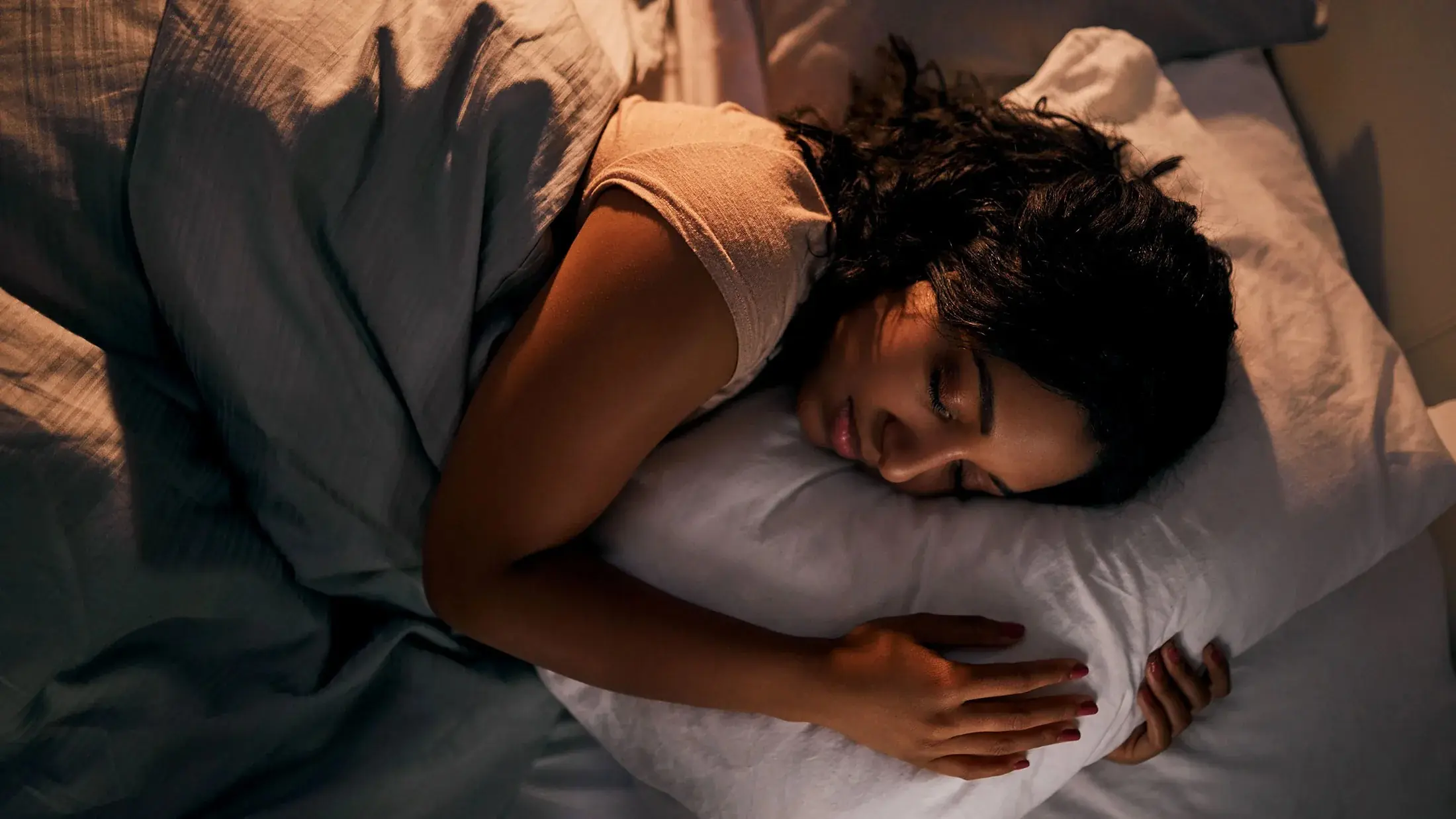
Don’t Clean Your Bathroom Mirror with Plain Water
Use this instead for a spotless, like-new shine (no streaks, no haze)
Water alone spreads mineral spots and soap residue, then dries into streaks. The fix is simple: use a light, fast-evaporating cleaner, apply it correctly, and polish with the right cloth. Here’s a clear, step-by-step playbook you can repeat in minutes.
Why water isn’t enough
-
Hard-water minerals leave dots and cloudy swirls.
-
Soap and toothpaste contain surfactants that smear when diluted with plain water.
-
Humidity slows drying, creating streaks.
The winning combo (use this)
-
Streak-Free Spray (everyday cleaner)
-
1 cup distilled water
-
1 cup white vinegar
-
1 small drop of mild dish soap (optional but helpful)
-
Spot Lifter (for toothpaste, hair spray, makeup splashes)
-
70% isopropyl alcohol in a small spray bottle or on a cotton pad
-
Tools that matter
-
Two clean microfiber cloths (tight-weave glass cloths are best)
-
One dry dusting cloth or a soft duster
Why it works: vinegar cuts minerals, a tiny bit of soap breaks greasy films, alcohol pops stubborn spots and flashes off quickly. Distilled water eliminates new mineral marks.
Step-by-step: crystal-clear in 3 minutes
Step 1 — Dry dust first
Wipe the mirror gently with a dry microfiber to remove lint and loose dust. (Cleaning on top of dust grinds grit into glass and causes haze.)
Step 2 — Spot treat
Dab a cotton pad with isopropyl alcohol and touch only the splatters (toothpaste dots, hair spray). Let it flash off; no scrubbing needed.
Step 3 — Spray the cloth, not the mirror
Lightly mist your cleaner onto cloth #1 (avoid spraying the mirror directly—liquid can seep behind the edge and damage the backing over time).
Step 4 — Wipe in a pattern
Use horizontal S-strokes from top to bottom, overlapping slightly. Keep the cloth moving; don’t over-wet.
Step 5 — Dry polish
Switch to cloth #2 (clean and dry). Buff with quick vertical strokes to erase micro-streaks and restore a sharp, like-new shine.
Anti-fog add-on (optional)
In very steamy bathrooms, add 1–2 tiny drops of dish soap to 2 cups of distilled water, shake, and apply to your cloth. Wipe a thin film across the glass, then buff dry. The micro-layer helps water sheet off instead of beading into fog. Reapply weekly as needed.
(Skip heavy coatings like shaving foam—quickly shiny at first, but they can leave residue that attracts dust.)
Streak-free rules that never fail
-
Less is more: Too much liquid = streaks. Light mist on the cloth is enough.
-
Clean cloths only: Microfiber loaded with old product will smear. Swap or launder hot (no fabric softener).
-
Distilled beats tap: Prevents new mineral spots while you clean.
-
Mind the edges: Keep liquids away from the mirror’s perimeter to protect the silvering.
-
Work fast, then polish: Wipe, then immediately buff dry.
Troubleshooting: if you still see haze
-
Cloudy film after drying? You used too much product or a dirty cloth. Re-buff with a fresh, dry microfiber.
-
Dots that won’t move? Hit them with alcohol again; let it sit 10–15 seconds, then wipe.
-
Rainbow sheen? That’s leftover soap. Wipe once with plain distilled water on a clean cloth, then dry polish.
-
Lint trails? Your cloth is worn or low-quality. Upgrade to tight-weave glass microfiber.
Care for different frames & finishes
-
Wood frames: Spray the cloth away from the mirror, not near wood; immediately wipe any drips.
-
Metal frames: Safe with the vinegar mix; dry the seam so moisture doesn’t sit.
-
Antique or edge-chipped mirrors: Use minimal moisture; focus on center glass and buff dry thoroughly.
Weekly 60-second routine (to keep it flawless)
-
Dry dust.
-
Tap alcohol on any new splashes.
-
Lightly wipe with the vinegar mix on cloth #1.
-
Quick polish with cloth #2.
Done—no buildup, no elbow grease, always photo-ready.
Safety & smart use
-
Never mix vinegar or alcohol with chlorine bleach or ammonia-based products.
-
Keep bottles labeled and out of reach of children and pets.
-
Ventilate briefly if your bathroom is very small.
-
Wash microfibers separately; no fabric softener (it clogs the fibers and kills their streak-free magic).
FAQ
Can I just use alcohol for the whole mirror?
You can, but it flashes off very fast and may not lift mineral haze. Use alcohol only for spots; the vinegar mix handles the rest.
What if I dislike vinegar’s scent?
Use a 50/50 mix of distilled water + isopropyl alcohol with a micro-drop of dish soap. Work quickly and buff dry.
Will paper towels work?
They can shed lint and streak. Microfiber (glass weave) is dramatically better and reusable.
Quick recipe cards (save these)
Everyday Mirror Cleaner
-
1 cup distilled water
-
1 cup white vinegar
-
1 drop mild dish soap (optional)
Shake gently. Spray on cloth, wipe, then dry buff.
Spot Lifter
-
70% isopropyl alcohol
Apply with a cotton pad to splatters; wipe and buff.
Bottom line
Plain water moves residue around and leaves streaks. A light vinegar-based cleaner (or alcohol-water alternative), applied to the cloth, followed by a dry microfiber polish, gives you a truly clear, edge-safe, like-new mirror—fast, repeatable, and streak-free.
News in the same category

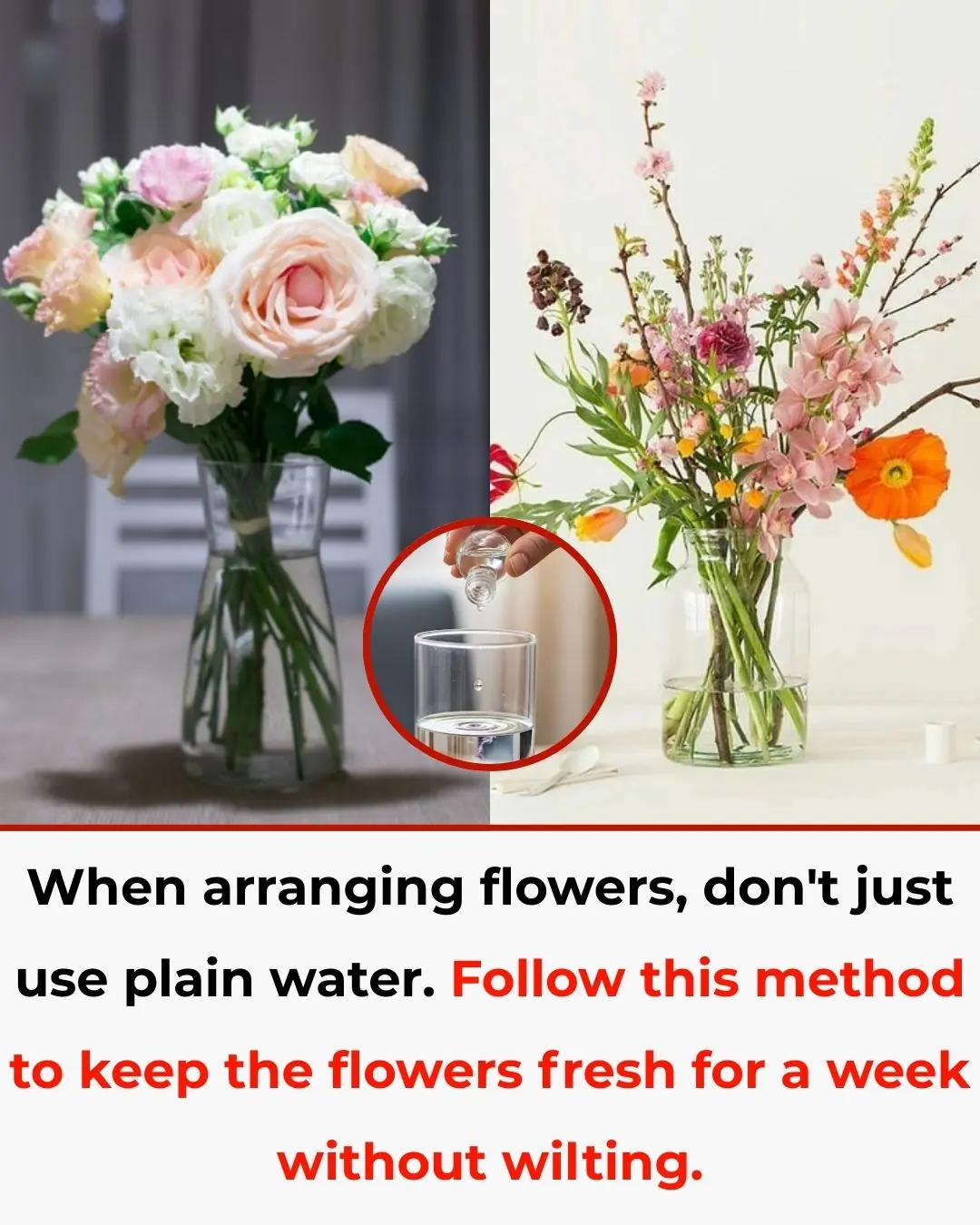
Don’t Use Plain Water for Flower Arrangements
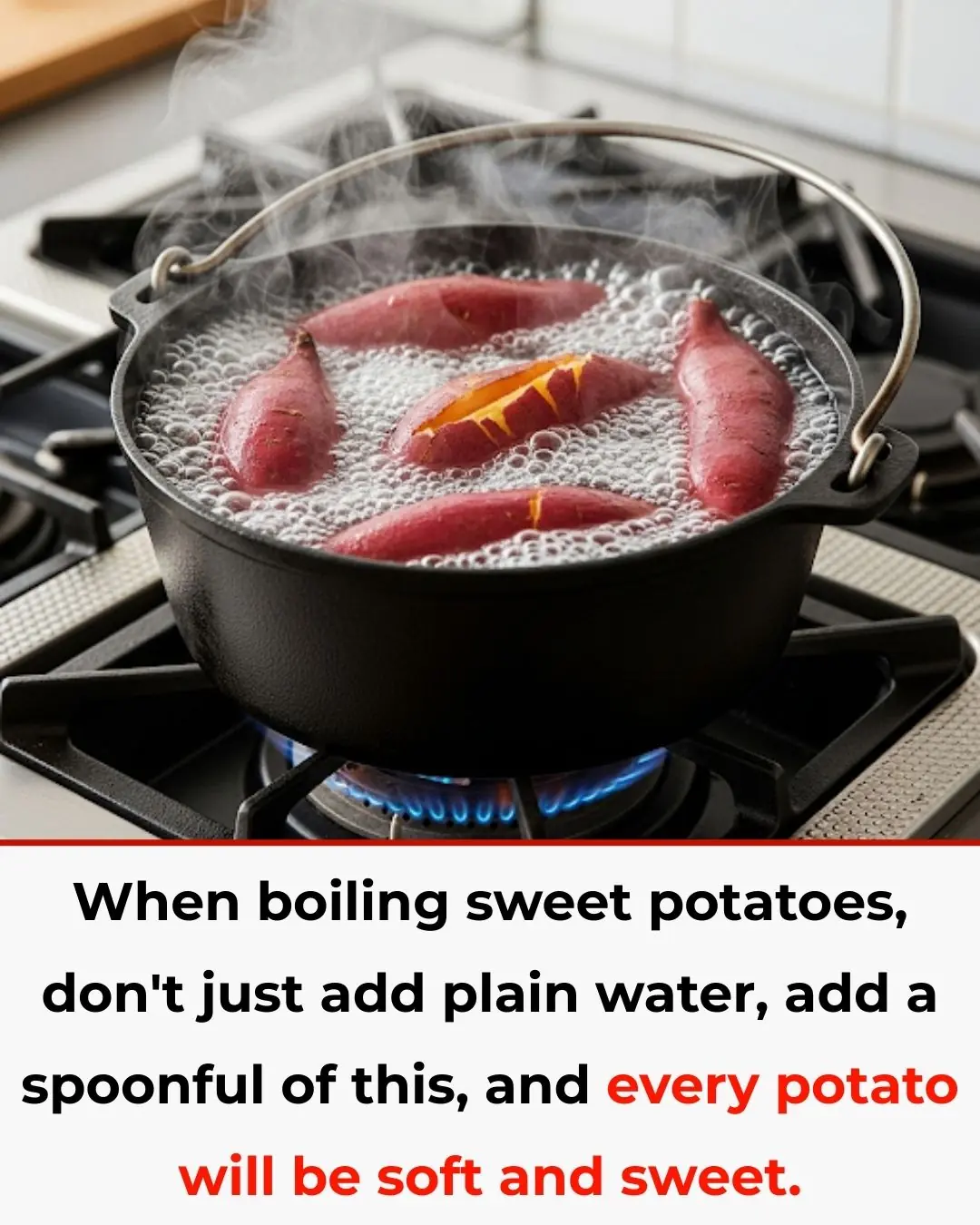
When Boiling Sweet Potatoes, Don’t Use Plain Water—Add a Spoonful of This for Softer, Sweeter Results
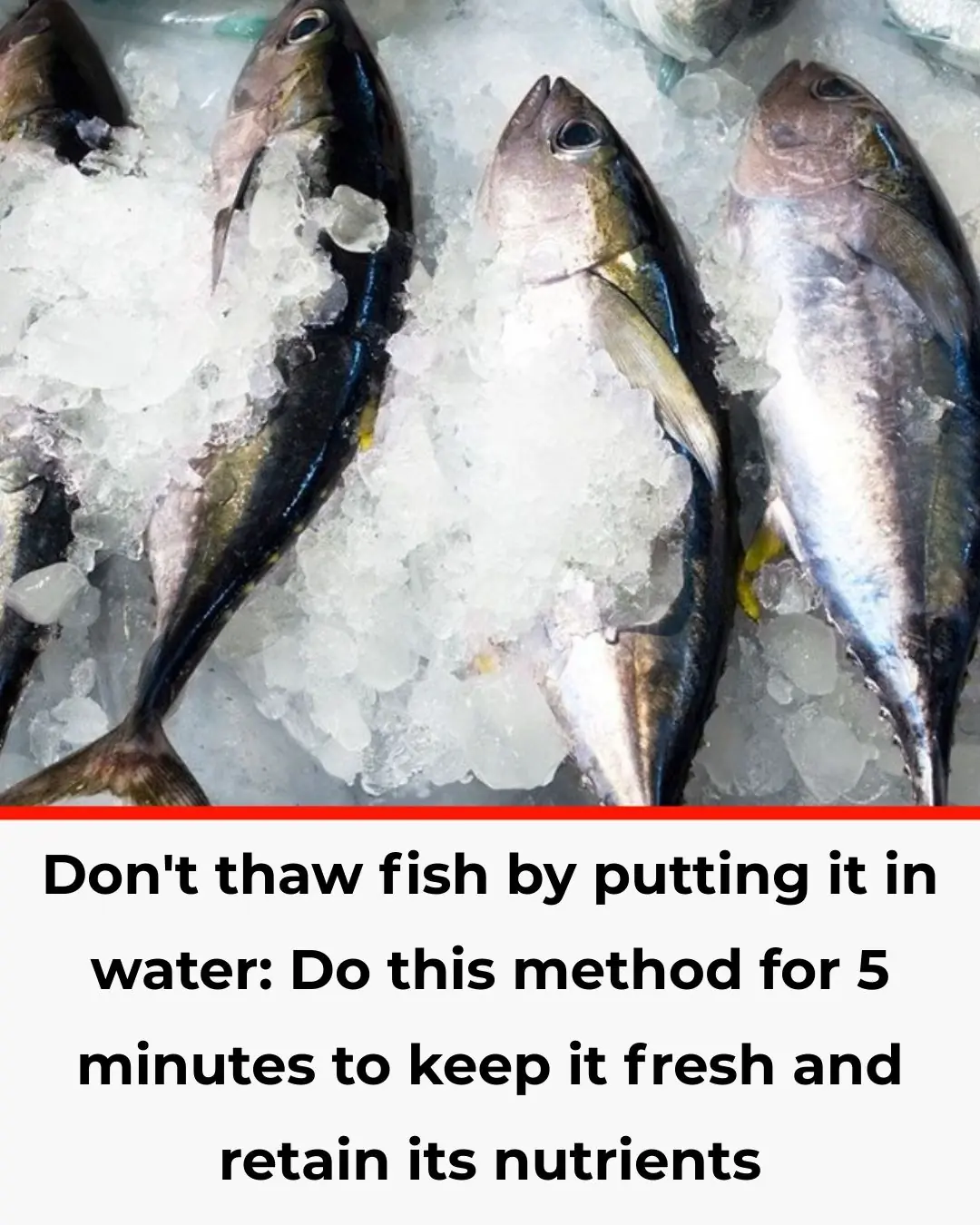
Don’t Thaw Fish by Putting It in Water
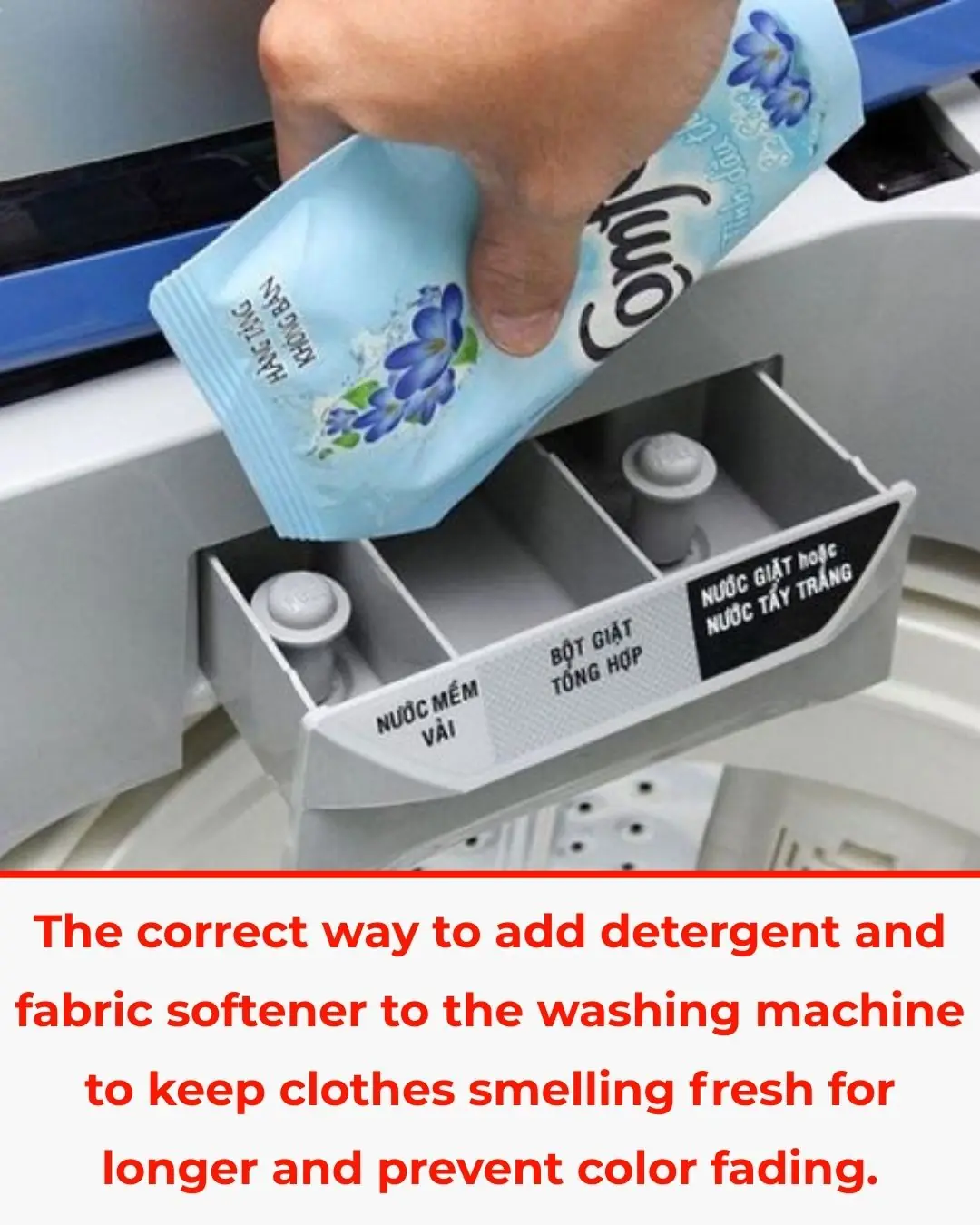
The Correct Way to Add Detergent and Fabric Softener to Your Washing Machine
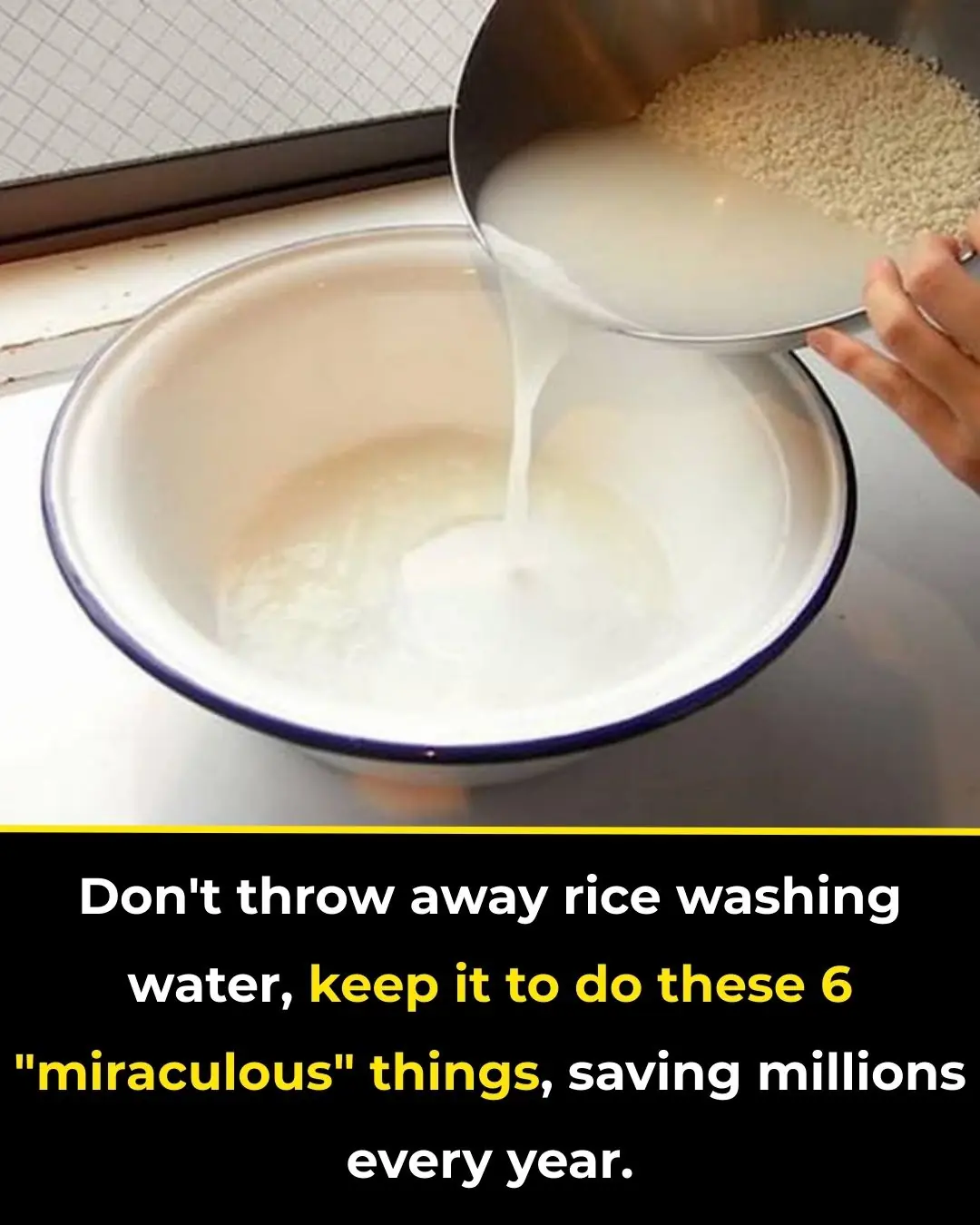
Don’t Throw Away Rice Washing Water: 6 Smart Uses That Can Save Serious Money

How to Store Fish and Meat in the Refrigerator: Shop Less, Keep Food Fresh All Month

Don’t Clean the Fridge with Plain Water—Mix This In and It’ll Be Spotless and Odor-Free
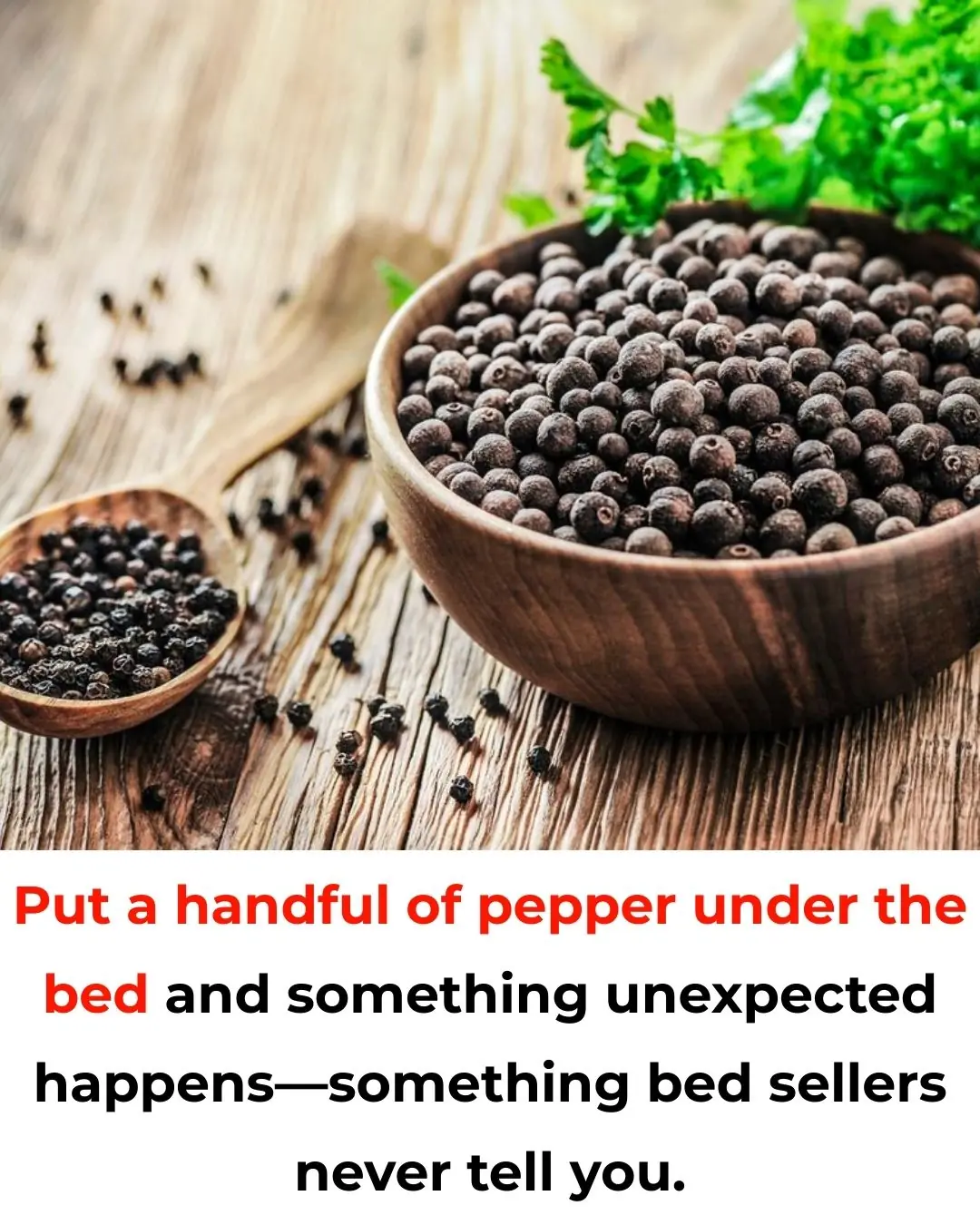
Put a Handful of Pepper Under the Bed and Something Unexpected Happens—Something Bed Sellers Never Tell You
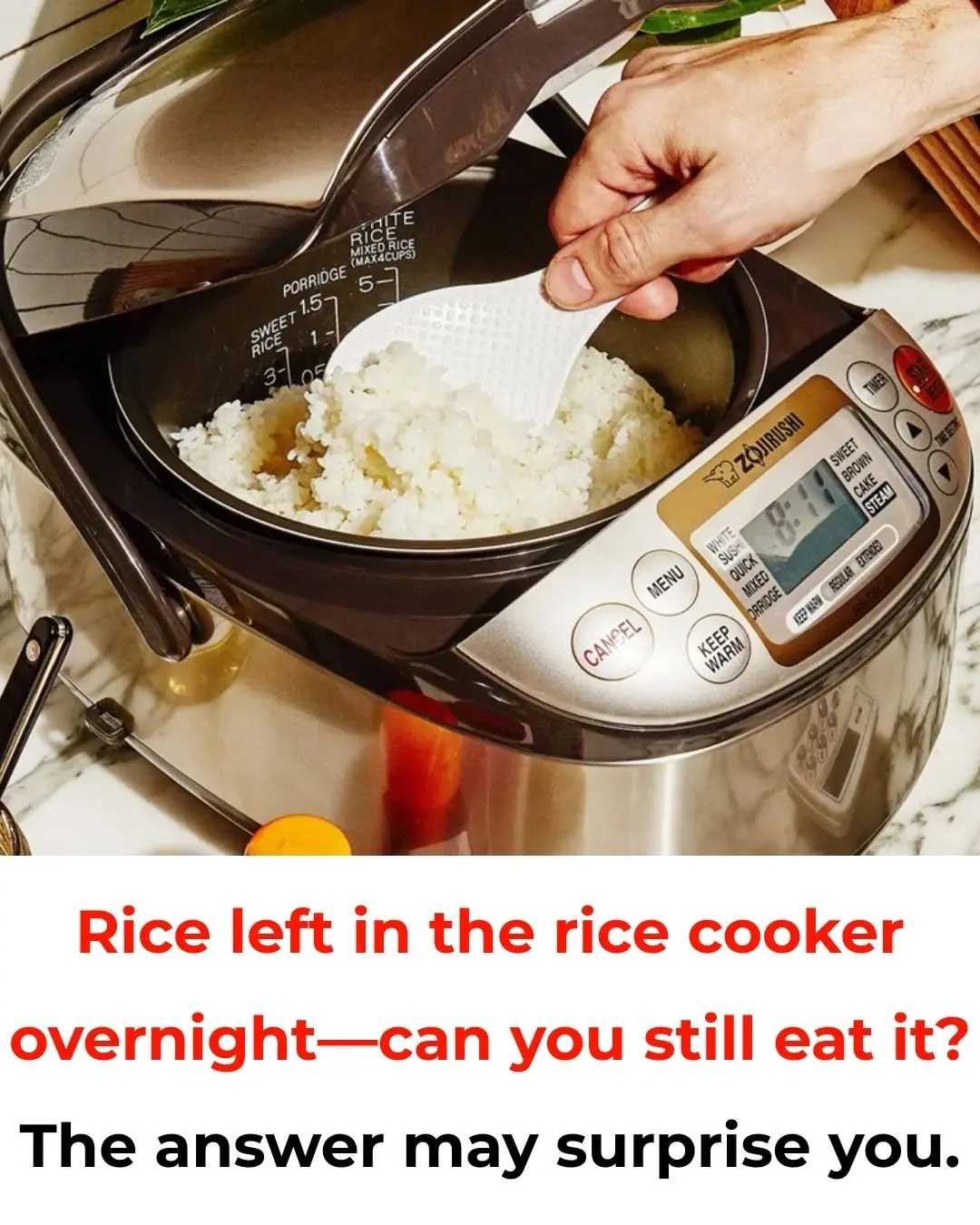
Rice Left in the Rice Cooker Overnight—Can You Still Eat It? The Answer May Surprise You
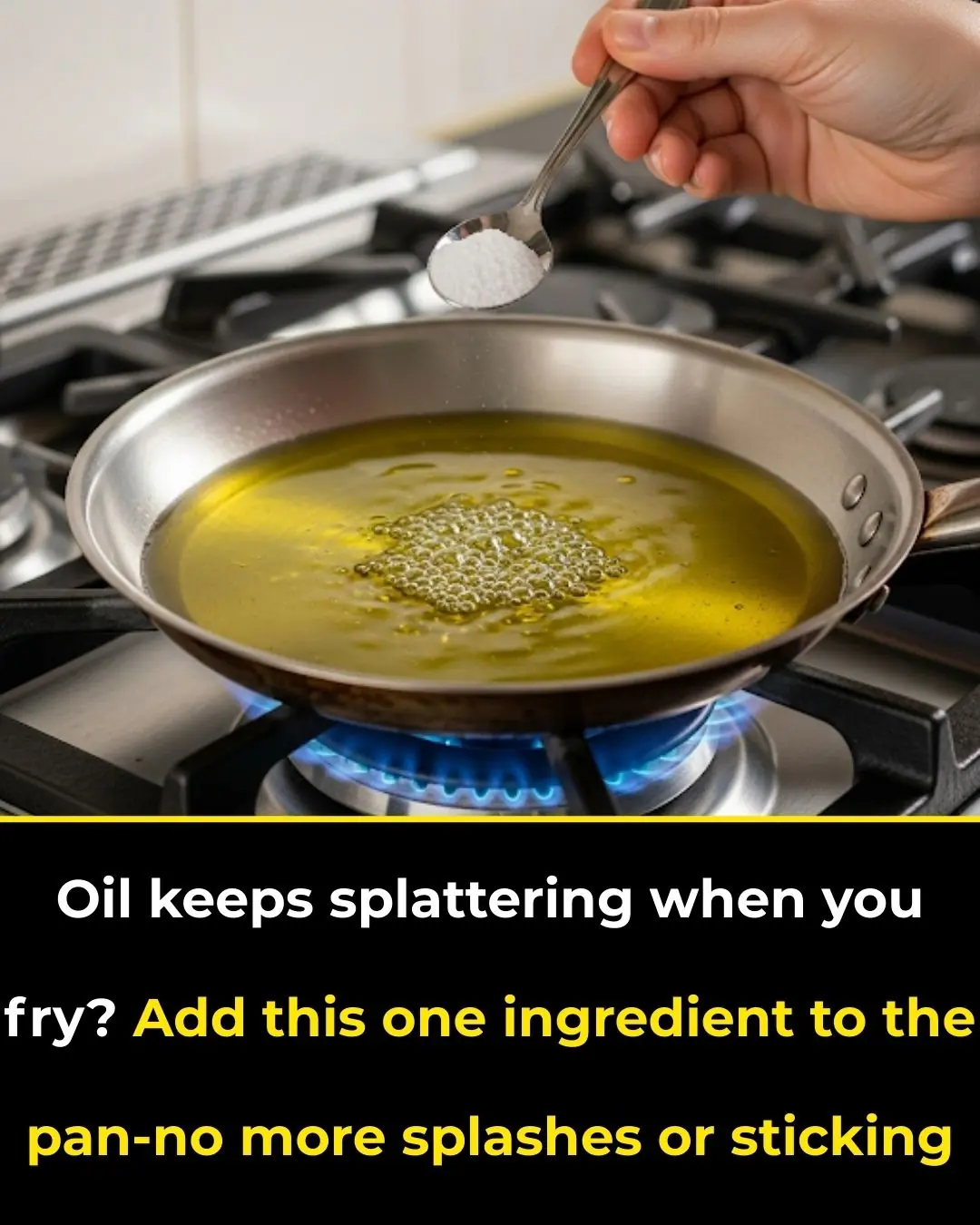
Oil Keeps Splattering When You Fry? Add This One Ingredient to the Pan—No More Splashes or Sticking
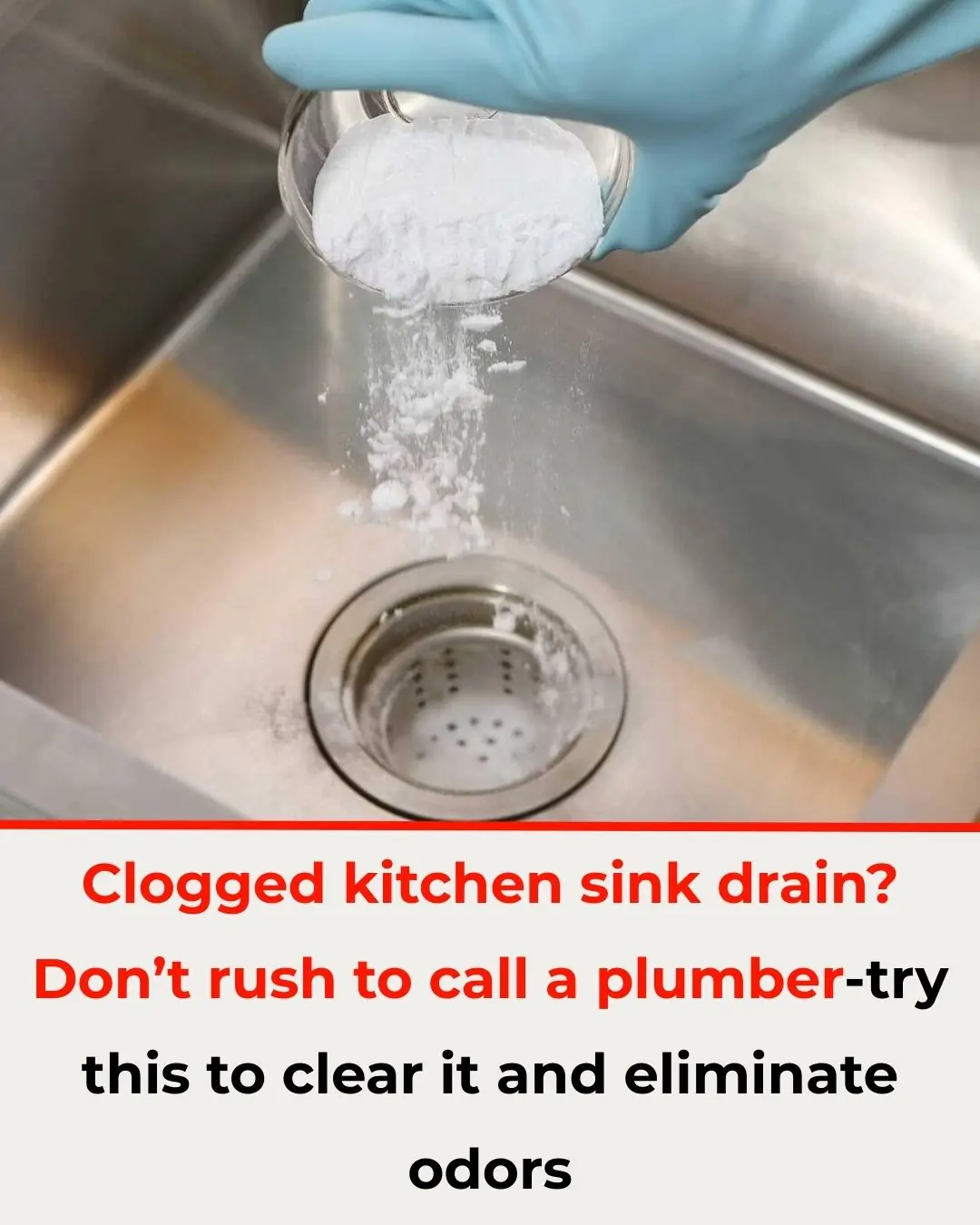
Clogged Kitchen Sink Drain? Don’t Rush to Call a Plumber—Try This to Clear It and Eliminate Odors
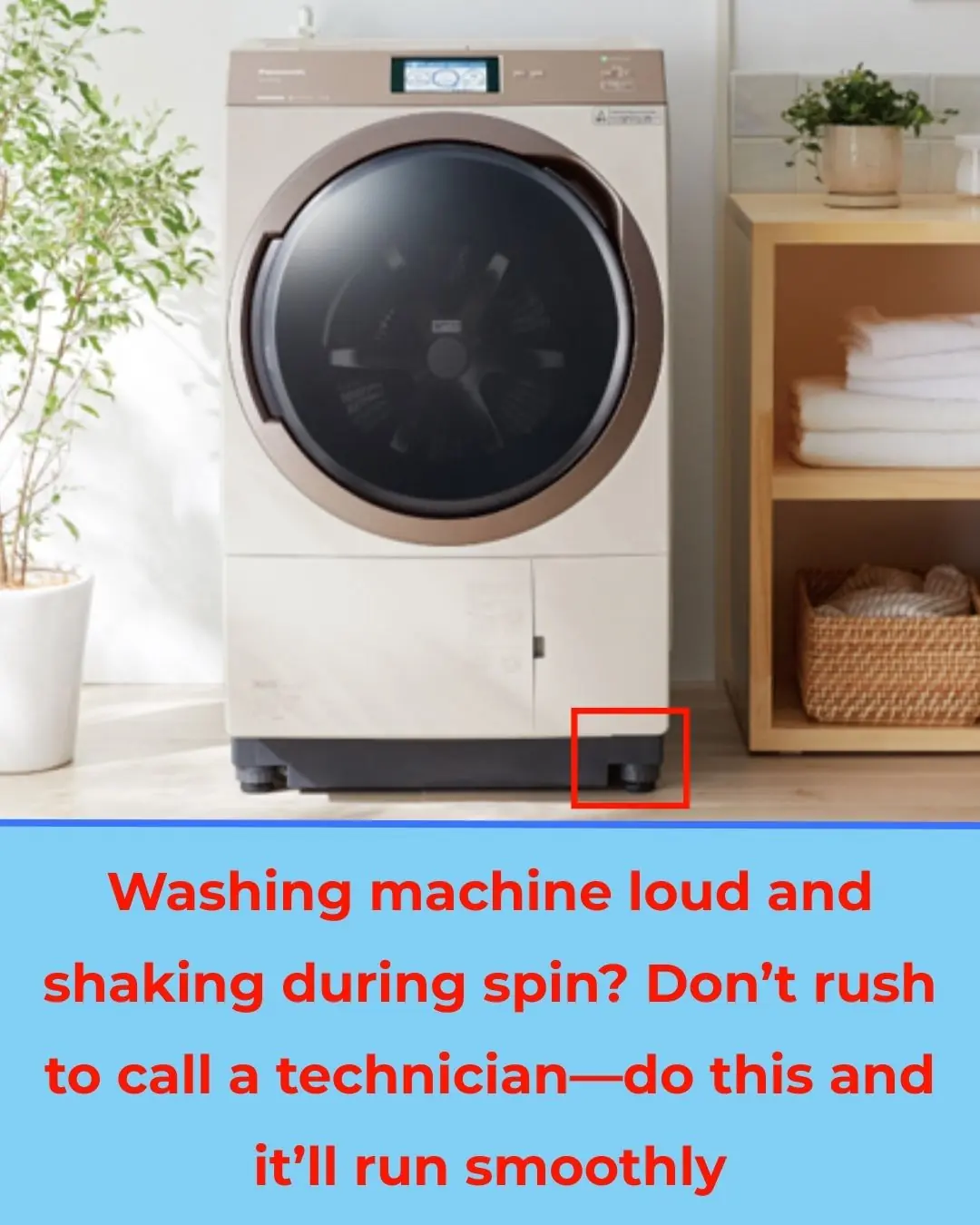
Washing Machine Loud and Shaking During Spin? Don’t Rush to Call a Technician—Do This and It’ll Run Smoothly
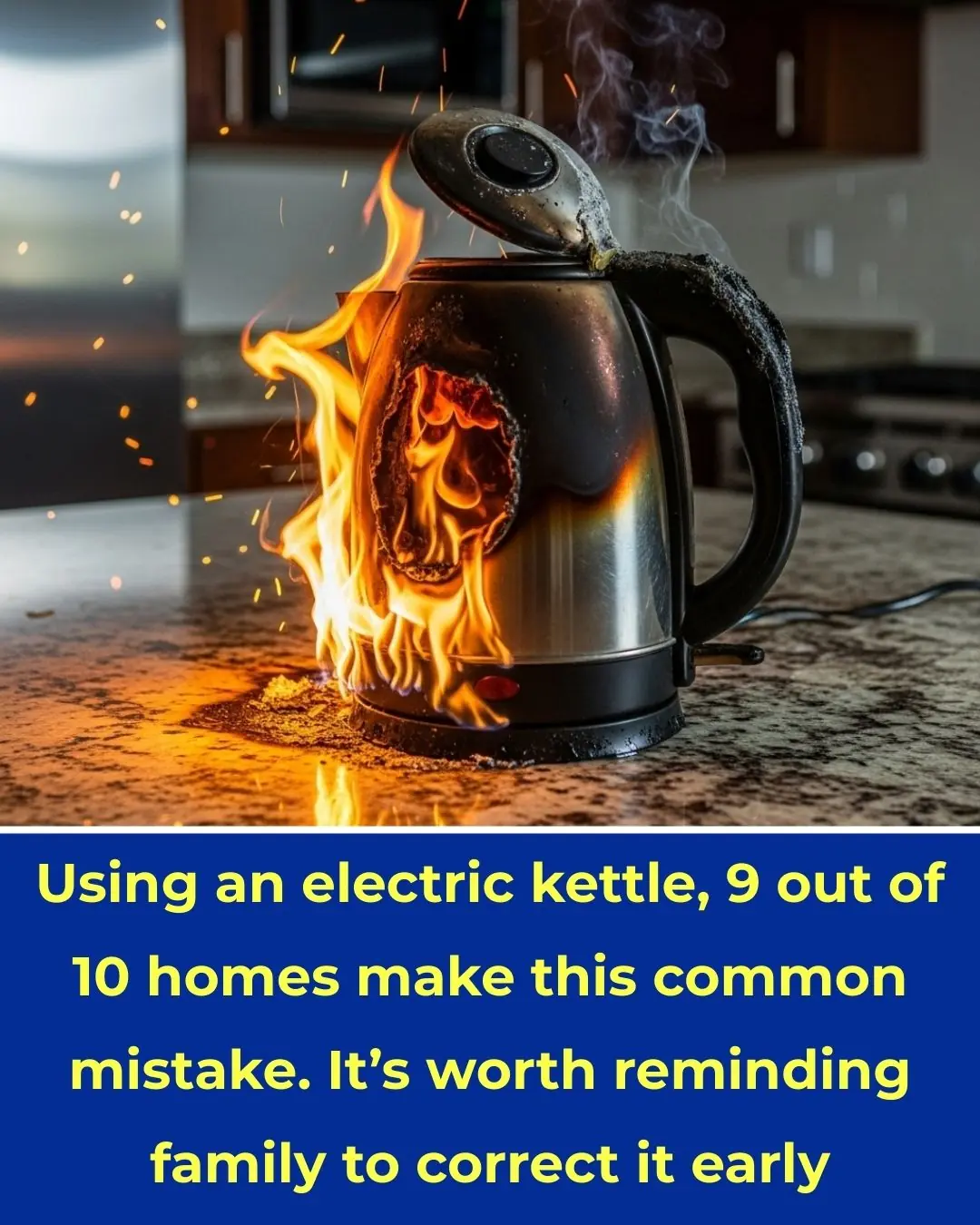
Using an Electric Kettle: 9 Out of 10 Homes Make This Common Mistake – It’s Worth Reminding Family to Correct It Early
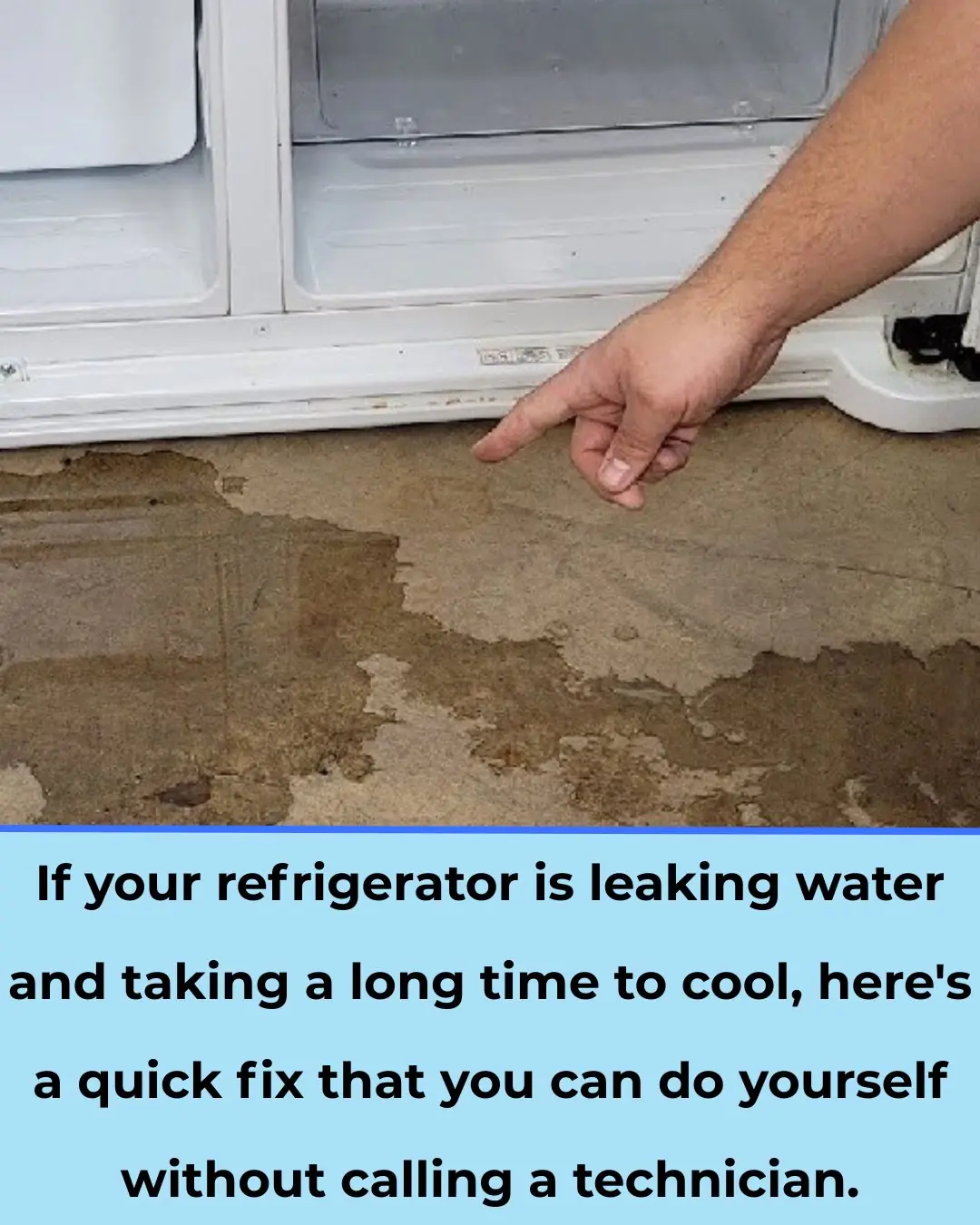
Fridge leaking water and cooling slowly? Do this quick DIY before calling a tech
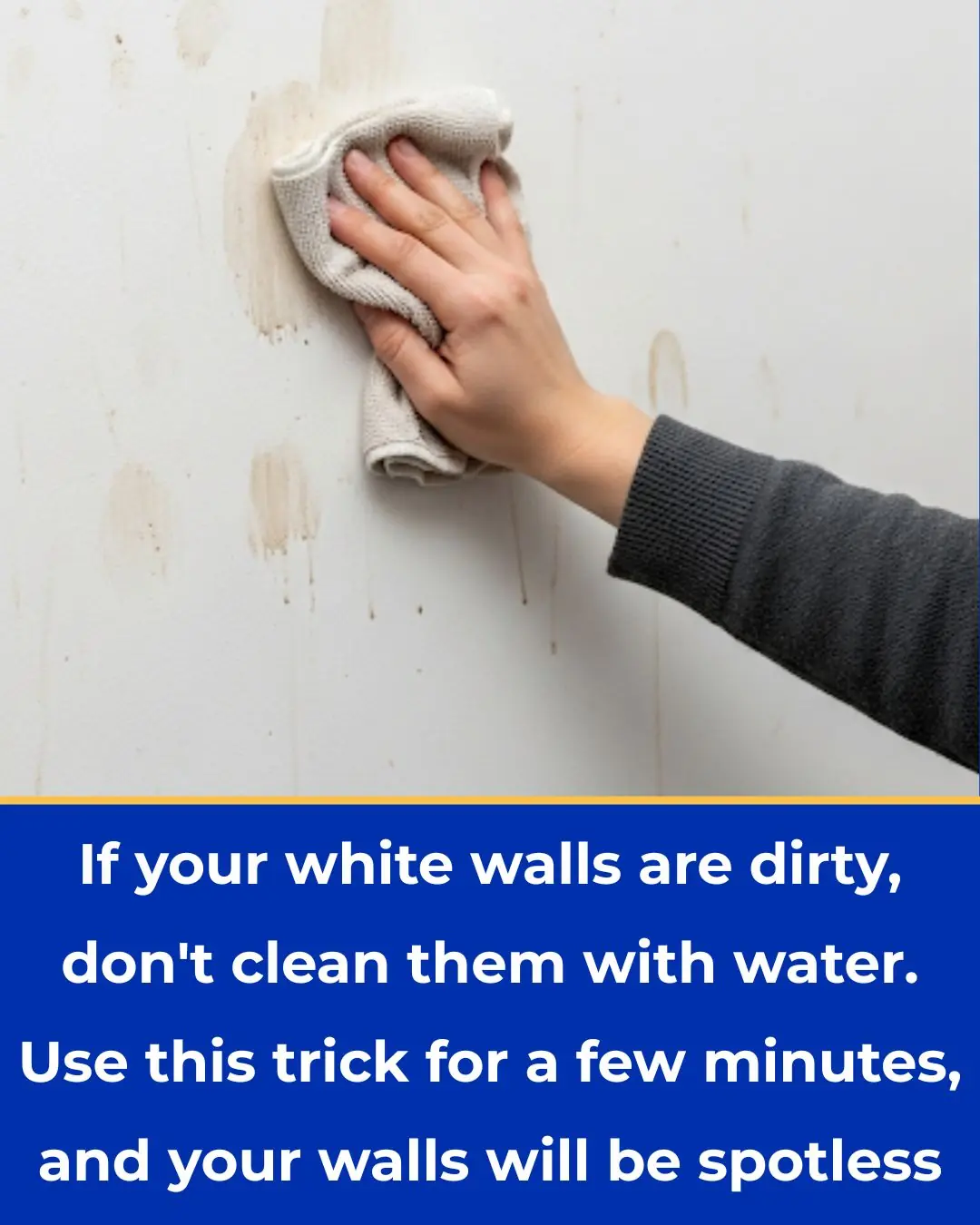
If your white walls are dirty, don’t use water—try this 5-minute “dry-clean” trick

8 types of plants that snakes avoid, do not dare to plant them near your house.
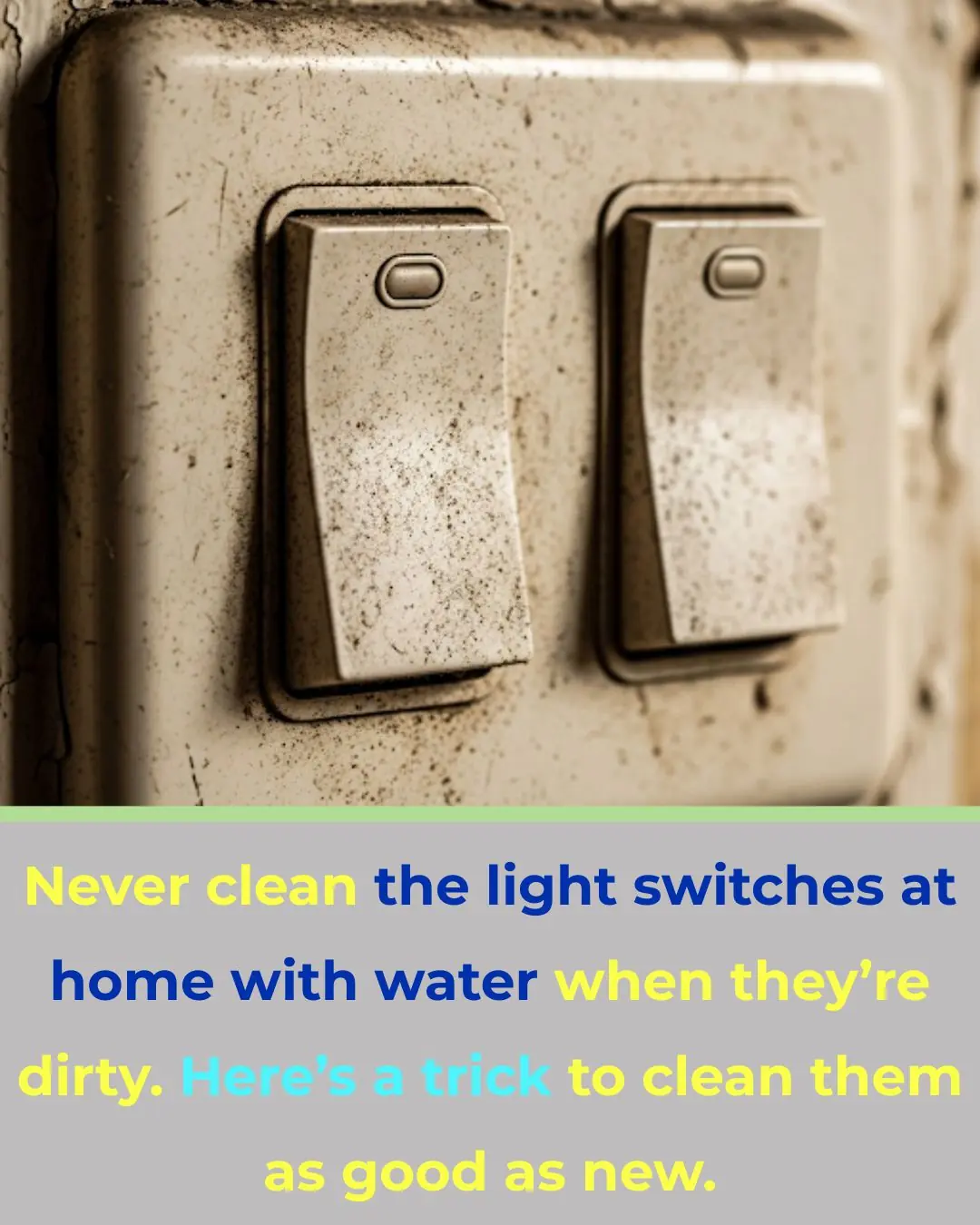
Never clean light switches with water—use this safe, foolproof method instead
News Post

'Hostile' comet aimed at Earth could obliterate the world's economy 'overnight' if it hits

Iconic movie sequel delayed until 2027 after online sleuths 'guessed the plot'

Wooden Cutting Board Got Black Mold? Skip the Soap—Do This 5-Minute Reset

Don’t Use Plain Water for Flower Arrangements

When Boiling Sweet Potatoes, Don’t Use Plain Water—Add a Spoonful of This for Softer, Sweeter Results

Don’t Thaw Fish by Putting It in Water

The Correct Way to Add Detergent and Fabric Softener to Your Washing Machine

Don’t Throw Away Rice Washing Water: 6 Smart Uses That Can Save Serious Money

Don’t Sleep With Your Pets

How to Store Fish and Meat in the Refrigerator: Shop Less, Keep Food Fresh All Month

How many eggs should you eat a week?
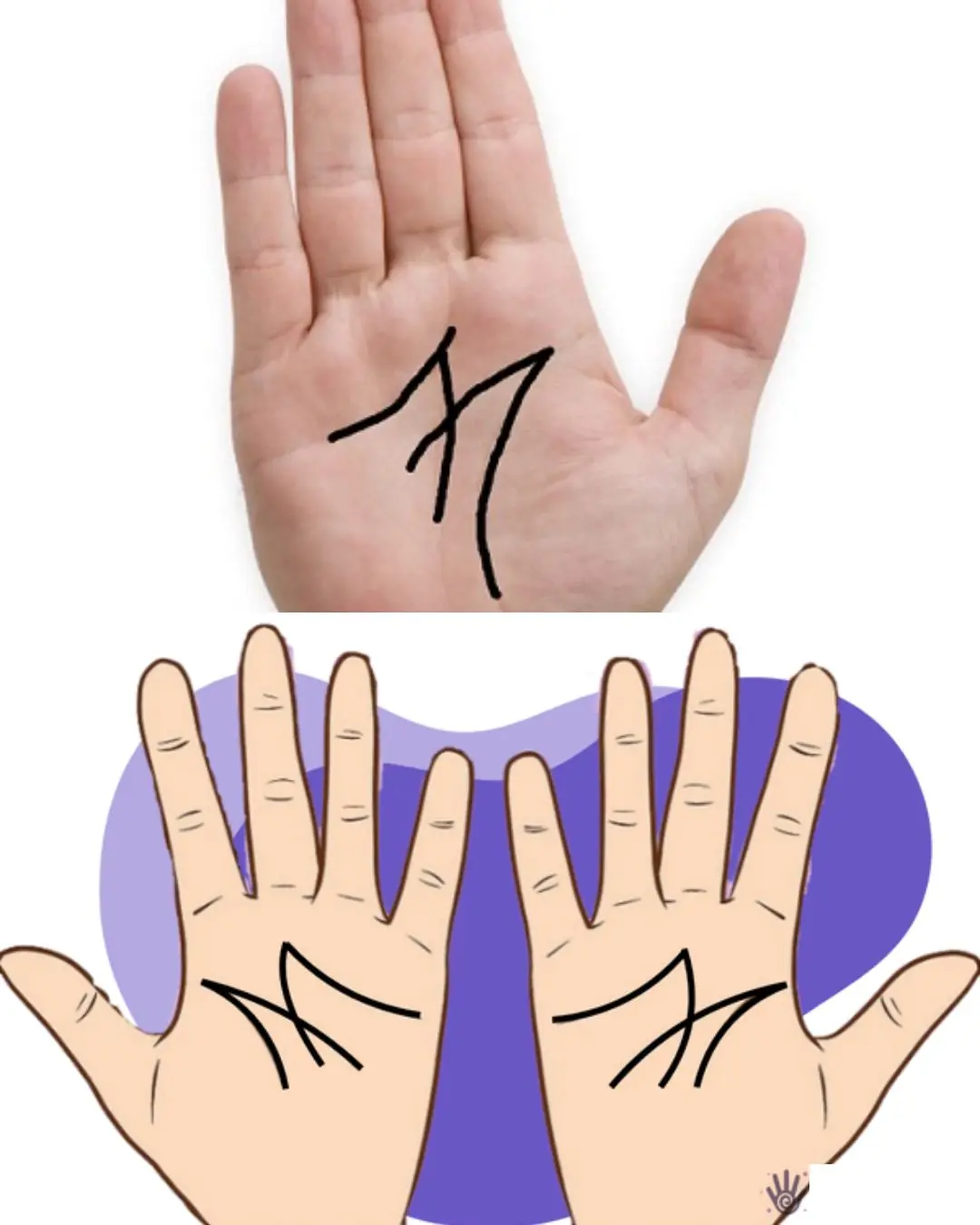
The Secret Meaning of the Letter “M” on Your Palm

The Remarkable Journey of Tru Beare, Who Was Born Weighing Only One Pound
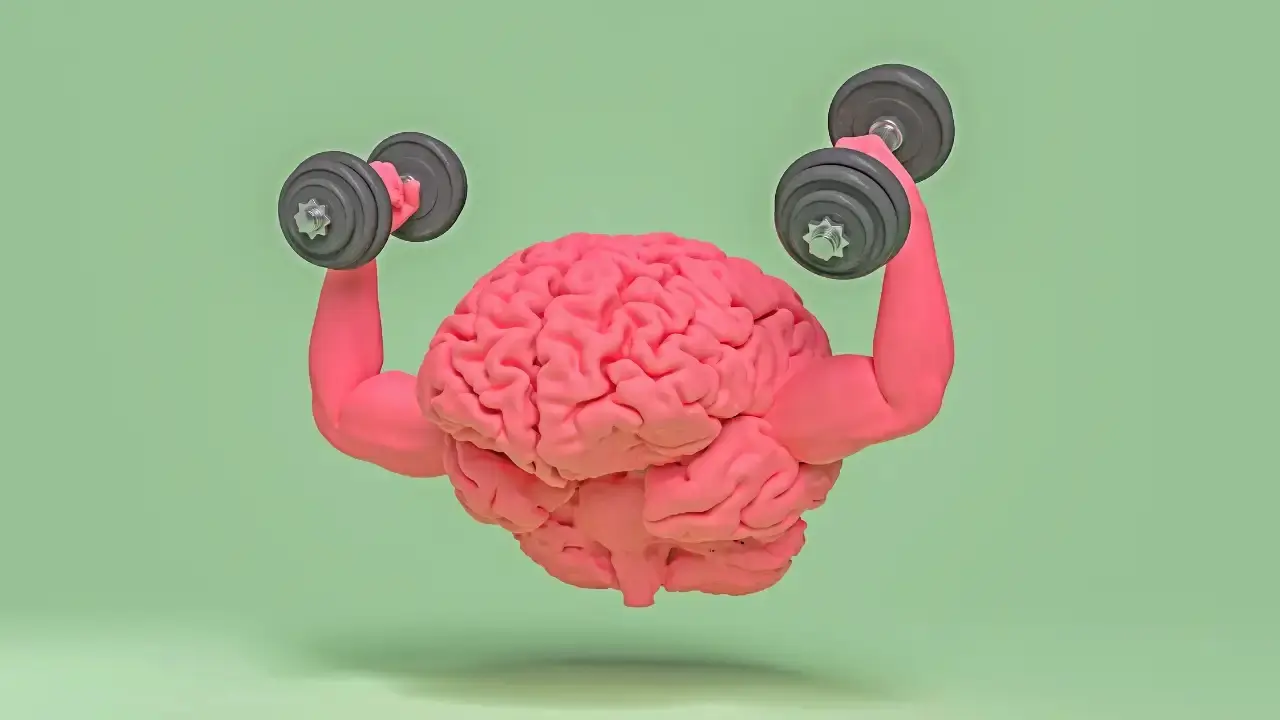
If You Do These 8 Things You Are Slowly Destroying Your Brain

How Drinking Bottled Water Could Seriously Impact Your Health
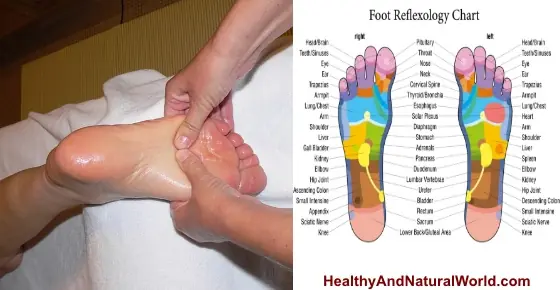
The Unexpected Health Benefits You Get from Massaging Your Feet Often Will Shock You

Researchers Create Injectable Hydrogel to Boost Bone Strength

If You Have Moles on This Part of Your Body
